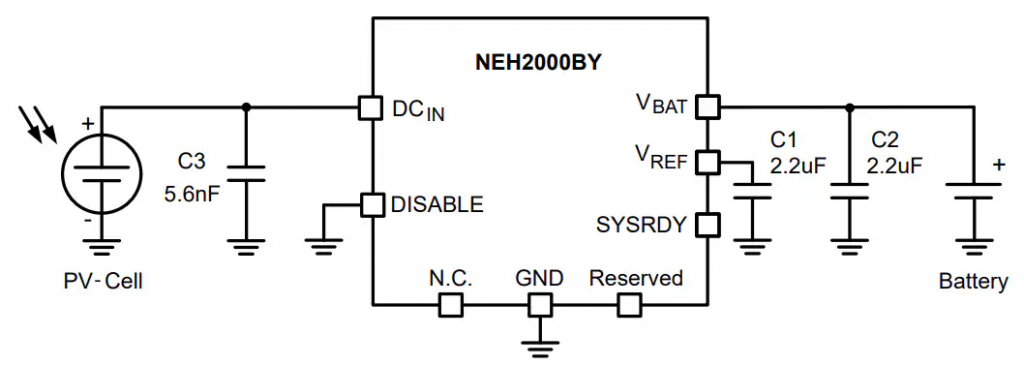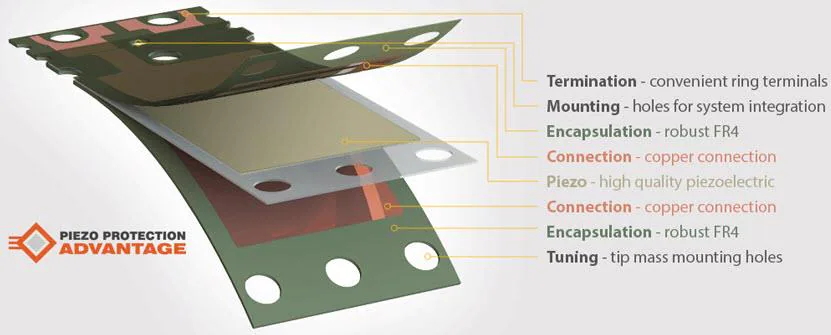[vc_row][vc_column][vc_single_image image=”224886″ img_size=”full”][vc_column_text]
The Overlooked Aspect of Device Design
I’ve recently looked into the topic of low-power microcontrollers, an often overlooked aspect is device design. It’s important to examine hardware specifications to ensure they truly fit the target application. I’ve seen both high-quality and budget-friendly microcontrollers, but it’s their power consumption in standby mode that raises questions, especially in budget models.
The Challenge of Power in IoT Devices
For device design in IoT, it’s common to face the need for operation without a stable power source. While many IoT devices connect to the power grid, there are scenarios where they must survive in other environments. This is where “Energy Harvesting” becomes significant.
The Basics of Energy Harvesting
Energy Harvesting is about obtaining small amounts of energy from the environment. A classic example is regenerative braking in vehicles, which uses kinetic energy during braking to generate electricity, recharging the battery instead of dissipating it as heat.
In devices, exposure to the environment means harnessing solar light, vibrations, or even wireless signals for necessary energy. These are key considerations in designing devices for varied and challenging conditions.
Efficient Energy Capture and Storage
Efficient energy capture is crucial for IoT applications, and choosing the right energy storage is equally important. While rechargeable batteries are common, they face degradation challenges. Non-degradable storage technologies exist, but current spikes in many devices must be considered.
The Future of IoT and Battery Technology
With the growing demand for IoT products worldwide, the lithium-ion battery industry is projected to expand significantly. According to Statista, the global market value of lithium-ion batteries was around $41 billion in 2021 and is expected to reach approximately $116 billion by 2030. This underscores the importance of sustainable battery technologies in the rapidly evolving IoT landscape.
An emerging trend is battery-less devices that harness environmental energy, representing a hopeful vision for the future. This approach tackles new challenges in storage and charge durability, aiming to extend the lifespan of IoT devices. By 2030, it’s estimated that there could be over 25.4 billion IoT devices worldwide, highlighting the critical role energy capture could play in a more sustainable, efficient future.
Innovative Energy Harvesting Hardware
 Discussing a bit of hardware, the Nexperia NEH2000BYJ is a high-performance PMIC for low-power applications. It captures energy from a photovoltaic cell to charge a rechargeable battery, using Nexperia’s MPPT technology with a built-in hill climbing algorithm for maximum power delivery. See more info here.
Discussing a bit of hardware, the Nexperia NEH2000BYJ is a high-performance PMIC for low-power applications. It captures energy from a photovoltaic cell to charge a rechargeable battery, using Nexperia’s MPPT technology with a built-in hill climbing algorithm for maximum power delivery. See more info here.
Another method involves the Powercast P1110 Powerharvester, an RF energy-capturing device that converts RF to DC. Contained in a compact SMD package, it provides RF energy capture and management to recharge batteries and capacitors.

The Role of Piezoelectric Modules
Piezoelectric Energy Harvesting Modules from Mide Technology are also notable. Their unique PPA technology and versatile design make converting vibrations into energy more efficient and accessible than ever.
Conclusion and Further Learning
I hope you enjoyed this post. For more in-depth exploration, consider reading relevant literature on this topic
[/vc_column_text][/vc_column][/vc_row][vc_row][vc_column][/vc_column][/vc_row]



